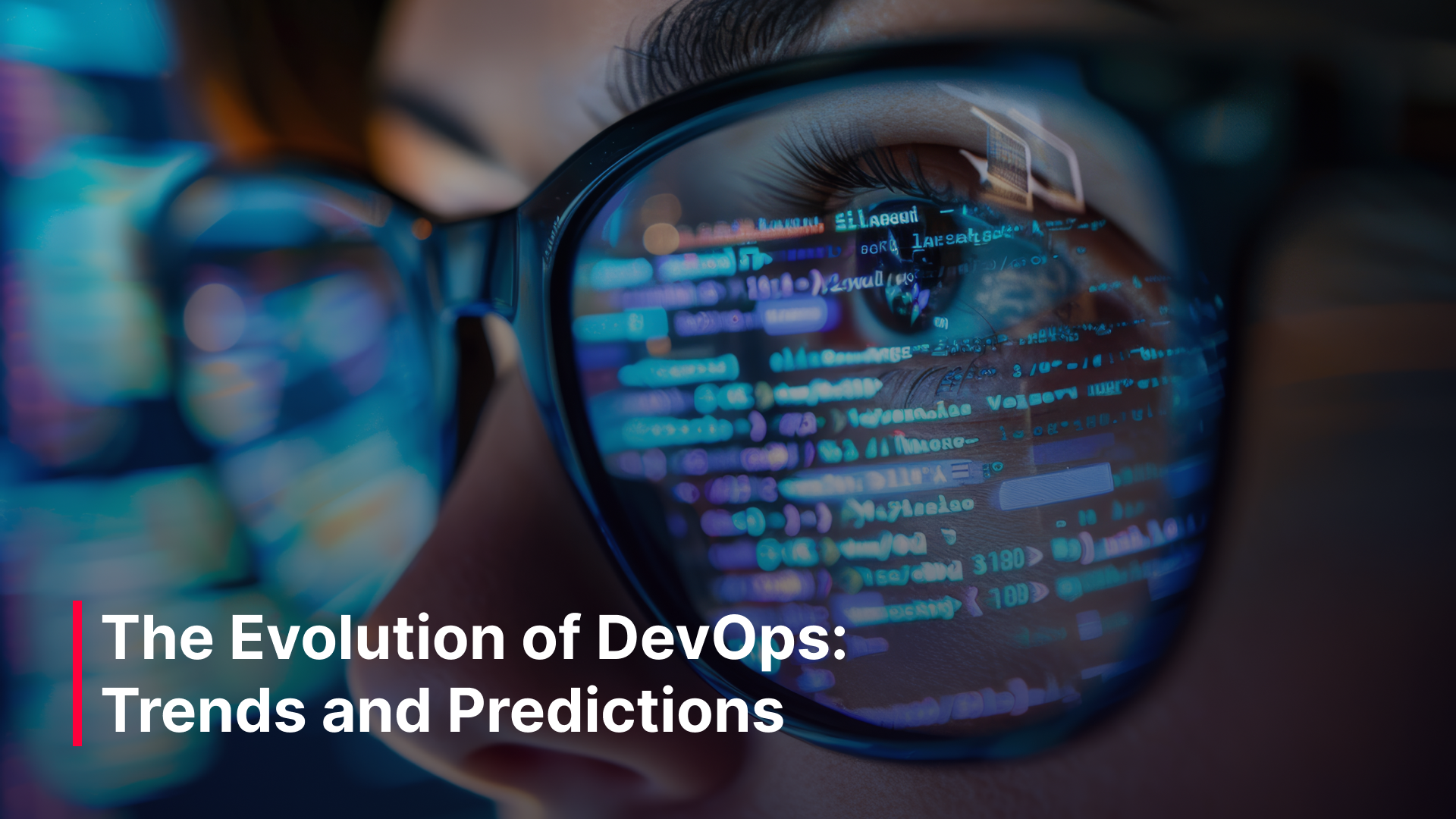The evolution of DevOps – in recent years, DevOps has shifted from being just a collaboration framework to a full-fledged approach that responds to complex demands for speed, security, and adaptability. The field now encompasses everything from multi-cloud management to AI-driven automation. Here’s an in-depth look at the trends transforming DevOps today and what they mean for the future.
Hybrid and Multi-Cloud DevOps: Orchestrating Across Diverse Platforms
With hybrid and multi-cloud strategies on the rise, DevOps teams find themselves managing deployments that span across multiple cloud providers and on-premises systems. This setup gives organizations more flexibility, but it also brings new challenges in maintaining consistency and performance.
Kubernetes has been critical here, letting DevOps teams deploy and manage containerized applications across different environments in a standardized way. Tools like Terraform also play a big role, enabling teams to manage infrastructure as code, so configurations remain consistent even as they move between environments. But it’s not just about choosing the right tools—teams need to be able to monitor, secure, and troubleshoot across all these platforms seamlessly.
Observability is a major piece of this puzzle. With multiple clouds, it’s easy to lose track of what’s happening where. Real-time, centralized monitoring solutions are essential, helping teams see and resolve issues across environments. The future of multi-cloud DevOps is going to depend heavily on developing even more robust cross-platform observability and orchestration strategies, especially as companies continue to diversify their cloud providers.
GitOps: Making Infrastructure Management More Transparent and Reliable
GitOps has gained traction as a method for managing infrastructure through Git repositories, treating infrastructure updates just like code changes. This means any updates or fixes are version-controlled, trackable, and can be reverted if needed—offering reliability and transparency.
With GitOps, teams handle infrastructure changes via Git pull requests, reducing the risk of configuration drift (where different environments end up out of sync). When a change is approved, tools like ArgoCD automatically sync the update to the target environment, ensuring it matches the desired state. This approach gives DevOps teams a powerful way to manage infrastructure in a streamlined, reversible, and transparent way.
However, GitOps isn’t always straightforward, especially as infrastructure grows more complex. When managing dependencies between services, rollbacks can be tricky, and there’s a real need for thorough testing. GitOps requires a team to work with infrastructure the same way they do with code—meaning documentation, peer reviews, and thoughtful testing are critical to success.
DevSecOps: Integrating Security from the Start
With security concerns constantly evolving, DevSecOps has become essential. The goal here is to integrate security checks and practices right into the DevOps pipeline, rather than waiting until the end of development to test for vulnerabilities.
DevSecOps relies on automated security checks at each stage, from code analysis during development to dynamic runtime monitoring in production. Static analysis tools, like SonarQube, catch vulnerabilities in code, while tools like Snyk or Black Duck monitor for vulnerabilities in third-party libraries. This continuous approach means potential security risks can be identified and dealt with early, reducing the likelihood of costly fixes down the line.
Moving to DevSecOps does require a mindset shift. Teams need to be familiar with security basics, and security teams need to be part of the development workflow. It’s an investment in both tooling and training, but it pays off by embedding security into the DNA of the product and creating a more resilient pipeline overall. The emphasis on “shift left” security is only going to grow as regulatory pressures increase and cyber threats continue to evolve.
AIOps: Bringing Intelligence to Operations
AIOps—applying artificial intelligence to IT operations—has started to change how DevOps teams handle monitoring, troubleshooting, and incident response. By analyzing historical and real-time data, AIOps can detect anomalies, predict issues, and even suggest or automate solutions before problems escalate.
In practice, AIOps tools help cut through the noise of constant alerts. They filter out redundant notifications and surface only the most important insights, reducing the chances of “alert fatigue” where critical alerts get lost. AIOps also enables predictive maintenance by identifying patterns that suggest an issue is about to occur, giving teams a chance to address it proactively.
But AIOps requires accurate data and effective algorithms to be useful. Teams need to feed AIOps systems with clean, relevant data to avoid false positives. As AIOps becomes more sophisticated, we’ll likely see it take on more complex operational tasks, becoming a more autonomous component of the DevOps toolkit.
Edge Computing and IoT DevOps: Adjusting to the Decentralized Future
The rise of edge computing and IoT has pushed DevOps practices toward managing decentralized systems. Instead of handling deployments only within centralized data centers, DevOps teams are now managing applications that run on thousands of IoT devices or edge servers.
Deploying to the edge requires lightweight, modular applications that can run in low-resource environments. Containerization has been crucial here, allowing applications to be packaged consistently across diverse hardware setups. Over-the-air (OTA) updates are also key, enabling teams to push software updates to these devices remotely—a necessity when you’re dealing with potentially thousands of devices spread across wide geographies.
Managing edge environments brings unique challenges. Connectivity isn’t always reliable, so DevOps practices for edge computing need to be resilient to intermittent connectivity and data syncing issues. Monitoring at the edge is also a different game; rather than centralizing all data, DevOps teams may need to rely on lightweight monitoring solutions that operate locally on each device. As 5G connectivity expands, it’s likely that edge computing will become even more practical and powerful, enabling DevOps teams to handle increasingly complex, decentralized environments.
What Lies Ahead for DevOps
Looking forward, several trends are likely to shape the evolution of DevOps:
- More Automation and “NoOps” Environments
With AIOps and advanced automation tools, we may see “NoOps” environments where the infrastructure is managed entirely by software. This would allow developers to focus on building and improving products rather than handling operational tasks. - A Focus on Developer Experience (DevEx)
As DevOps practices and tooling expand, companies are putting more emphasis on the developer experience. Simplifying tools, improving code review processes, and reducing workflow friction are all becoming priorities, helping developers stay productive without burning out. - Platform Engineering and Internal DevOps Hubs
To centralize DevOps best practices, companies are investing in platform engineering—building internal platforms that provide standardized environments for developers. This lets developers work autonomously while still adhering to security and compliance requirements. - Low-Code/No-Code DevOps
Low-code and no-code platforms are opening up DevOps to a broader audience, allowing non-developers to participate in the development process within a managed DevOps framework. As these tools mature, DevOps will become more inclusive, expanding the pool of people who can contribute to building and deploying applications.
DevOps continues to evolve alongside the challenges of modern software development. With trends like GitOps, DevSecOps, and AIOps, DevOps teams are moving toward a future of increased automation, security, and flexibility. As organizations navigate hybrid cloud environments, edge deployments, and a growing reliance on AI, DevOps will remain central to building agile, resilient systems that can scale with business needs.


